Portugal by Motorhome
The below guide has been written based on our experiences touring Portugal by motorhome and will hopefully give you a good idea of what it’s like to travel there. However, things do change, so before you set off it’s worth checking for up to date travel information from the Foreign Office website, and the latest driving regulations on the AA website. At the bottom of the guide we’ve added links to our daily updates while we were in Portugal, so you can live the adventure with us.
General Information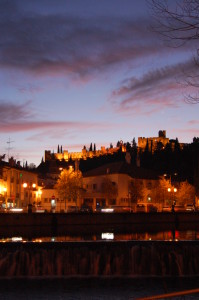
Country – Portugal
Capital city – Lisbon, 1410 miles from Dover
Currency – Euro
Languages – Portuguese. English is widely spoken and the second language in most places – in the Algarve it’s almost the first language!
Visa requirements – Part of the EU so visas not required for EU citizens.
Borders – Part of Schengen zone. No border formalities with other Schengen zone countries such as Spain.
Telephone country code – 351
Emergency numbers – 112 EU wide emergency hotline
Our visits
Dec 2011/Jan 2012
Duration – 40 days
Route – Followed coast South heading inland to visit Coimbra, Tomar and Evora.
See our 2011 tour map.
Miles driven – 1270
Average daily spend – €40.29
Average spend on overnight stops – €3.98 (30 free nights – 22 wild camping, 2 free aires and 6 with friends, 10 paid nights – 1 paid aire and 9 at campsites (including Christmas and New Year)
Costs
Diesel
Diesel €1.34 – €1.44, higher price was inland. Prices were strange with stations having a large price difference less than a mile apart. Keep your eyes peeled and fill up where you see it cheap, not when you’re about to run out and you’ll save quite a few euros. Diesel was cheaper in Spain than Portugal, so arrive with a full tank.
LPG
€0.73 -€0.78 We found LPG (GPL) at several roadside petrol stations, it was cheaper in the Algarve where we filled up before driving back into Spain.
Eating out
Some places offer Menu del Dia (meal of the day), served in the afternoon, but it’s not as widespread as Spain and what is offered varies considerably. We found Portugal very cheap for eating out.
- 2 x hot drink and cake €5.50
- 2 x salt cod & potatoes plus several beers in Coimbra €30
- 2 x thick hot chocolate you could stand a spoon up in €5.60
- 2 x Chinese set meal and drinks €20
- 2 x two courses and wine at lunchtime on Christmas eve €35
- 2 x portions of Batadas (chips) €4
- 2 x fish & chips, two pints of beer and one of cider in British pub on Algarve €23.50
- Ice creams ( cone and one scoop) €0.90 – €1.30
Supermarkets – supermarkets used Lidl.
- 1l UHT milk €0.40
- Loaf of bread €0.60
- 250g mushrooms €0.85
- 125g mozzarella ball €0.80
- 5l still bottled water €0.49
- 500ml Grafenwald larger €0.45
- 1l carton of wine €0.49
- 100g budget chocolate bar €0.39
Travel
Fuel
Unleaded and diesel widely available. LPG (GPL) is reasonably well available, but only from manned service stations. When filling with LPG you will need the same dish type adapter as France. Many service stations away from the motorway are closed on Sundays, some have automated pumps so you can get fuel, but not LPG.
Tolls / Vignette
No vignette required. Portuguese motorways are tolls roads, the original tolls roads have booths that you can pay in cash or with a card. As we arrived in the country (Dec 2011) they were introducing a new electronic system. The number of toll roads was increased, however on some you could only use the electronic system as these new toll roads didn’t have manned booths. We asked at several tourist offices and it looked like you had to buy a pass or rent an electronic box to go in your van, but no one was sure how it worked for foreign registered vehicles. Hopefully it’s all sorted by now, but while we were there we had our satnav firmly set to avoid motorways, and even highlighted the newly added electronic only ones on our map just to be certain. Signs stating Peage will confirm you’re on or approaching a toll road.
Road regulations – the ones we know of!
Traffic drives on the right and overtakes on the left, so you need to ensure your headlights are deflected either with stick on adapters or duct tape. You must carry a high visibility jacket for each person which needs be accessible to you before you get out of the car, so don’t put them in your boot/garage. You also need to carry an emergency triangle.
You’ll see yellow diamond-shaped signs, these mean that you have priority. If you see one with a black line through it, you no longer have priority, traffic from the right does – this is usually on approaches to roundabouts. Sometimes drivers entering the roundabout have priority, if we’re not entirely sure we just take our time and give way to anyone who looks like they aren’t stopping.
Distances are all in kilometres, and so are speed limited. As you enter a town the urban speed limit of 50kph applies, unless otherwise stated, until you are out of the town. The signposting for this was very erratic in Portugal and we were often unsure if we had entered a town or not, and only found out when we’d left as other cars started to overtake us. Many towns had traffic lights which only point in your direction, they go red to stop, thereby slowing down speeding cars and motorhomes!
Road conditions
Off the motorways (see above section on tolls!) the roads were bumpy and in a bad state of repair. We also ‘discovered’ several speed bumps with no warning sign or painting on the road. Speed bumps and traffic lights are frequently used to slow down traffic on all roads apart from motorways.
Standard of driving
In our opinion the standard of driving was slightly worse than in France or Spain, but not as bad as Italy! Like most drivers on the Continent, Portuguese drivers have mastered the art of driving very closely to the person in front. We were informed that they are taught to do this to make overtaking quicker, unlike in the UK where we are taught to stay back for a view of the road ahead. Once you get used to seeing someone who appears to be so close they are almost in your back seat it’s not so bad. We also saw several overtakes in dodgy places. Check out Jay’s article on driving in Portugal.
Overnight stops
Aires/Service points
Portugal has some aires, but they are few and far between. It was often difficult to find service points as it was winter and many campsites were closed, so we had to use public toilets some of the time. It is worth investing in a bookor database as the Aires and service points that are available.
Campsites
As we entered Spain we bought a campsite guide from a supermarket which listed all the campsites, their facilities and costs in both Spain and Portugal – this proved very useful when selecting sites. We stopped in a few campsites to use the services and over Christmas and New Year. They were cheap and offered very little discount to those with ACSI cards. We used campsite laundries as we struggled to find self-service laundrettes – generally your washing was done for you which cost more. Sites were good with marked pitches and shade from trees, several sites had trees overhanging the pitches to choose carefully.
Free / wild camping
We were in Portugal over winter so things may be different in other seasons. We found it very easy to free camp in car parks in most towns and didn’t have to pay to park anywhere except in central Porto. We were never bothered by the police although we did hear stories from other motorhomers in the Algarve area (which was packed full of motorhomes) of people being told to move on.
Contact with home
Phone
Our mobile phone always found a signal in Portugal – call charges were around 30p to make and 10p to receive (per minute). Text messages are free to receive and around 10p to send.
Email/Internet
We struggled to find free wifi hot spots, apart from at McDonalds. Those that we could see we’re generally secured. Some campsites offer free WiFi, but many charge a few Euros per day to access it. We did find a free aire at Coimbra (behind the rowing club and near to the swimming pool) which had free wifi, you just had to park in the bays nearest to the buildings!
Post
Post offices are called Correio and have a yellow sign outside them. You can also buy stamps (selos) from automatic machines outside the post office – the instructions on the one we used were in English too. We collected Post Restante parcels that had been sent to us at the post office in Faro – it cost around 75p per item and we had to insist a few times that there was something there for us so they would go back and look again – they looked three times before they found our parcels. Your passport has to match the name on the front too so if you’re collecting stuff it’s easier to try and have it all in one name!
Read our daily updates
At the bottom of each daily update there is a link to take you forward to the next day or back to the previous. The links below will take you to the first day of that part of our tour.
Portugal – December 2011 / January 2012

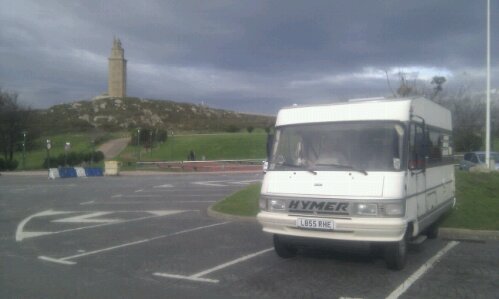





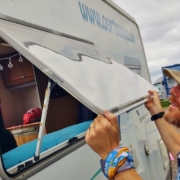
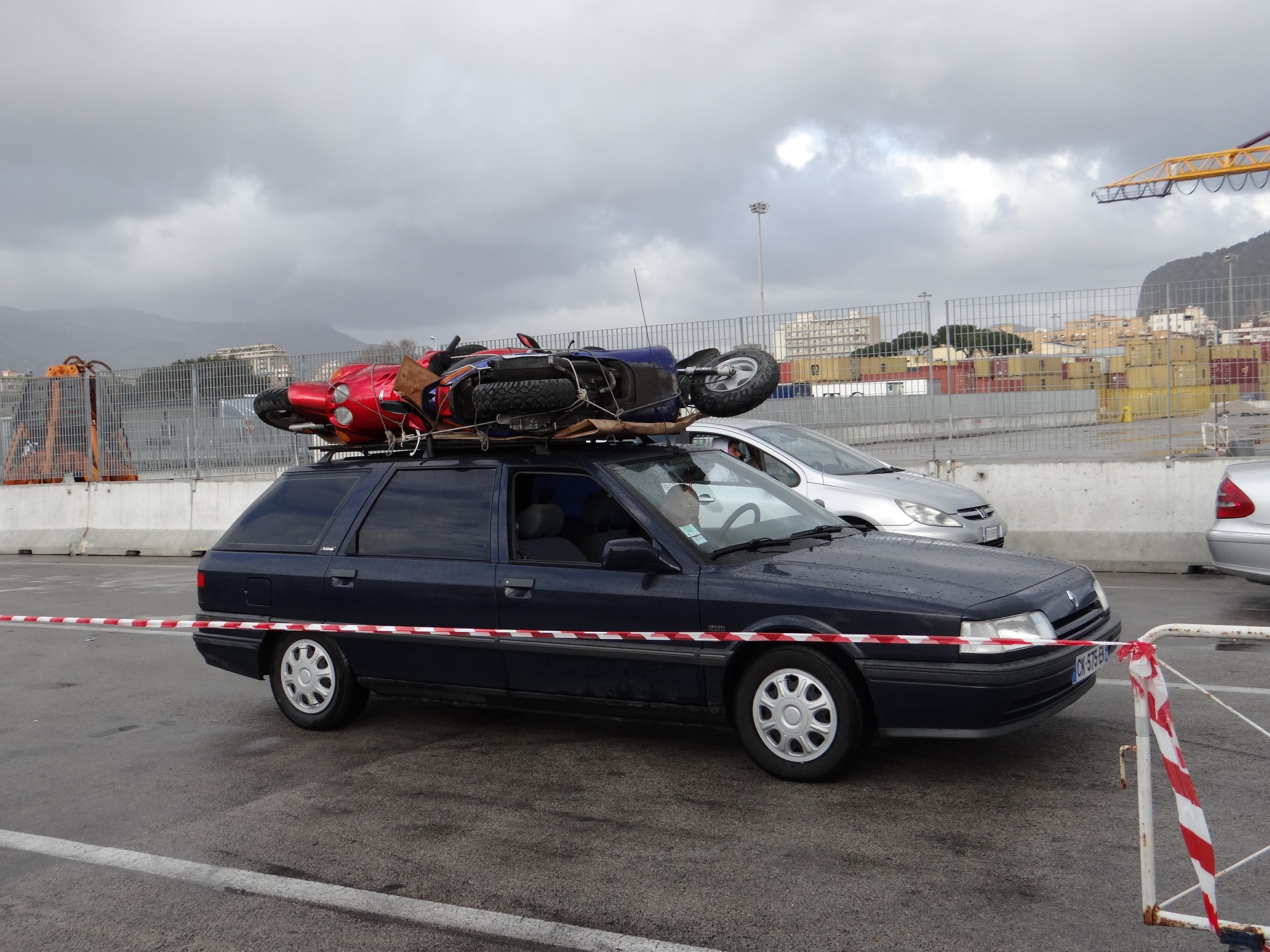
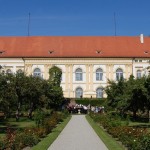
Leave a Reply
Want to join the discussion?Feel free to contribute!